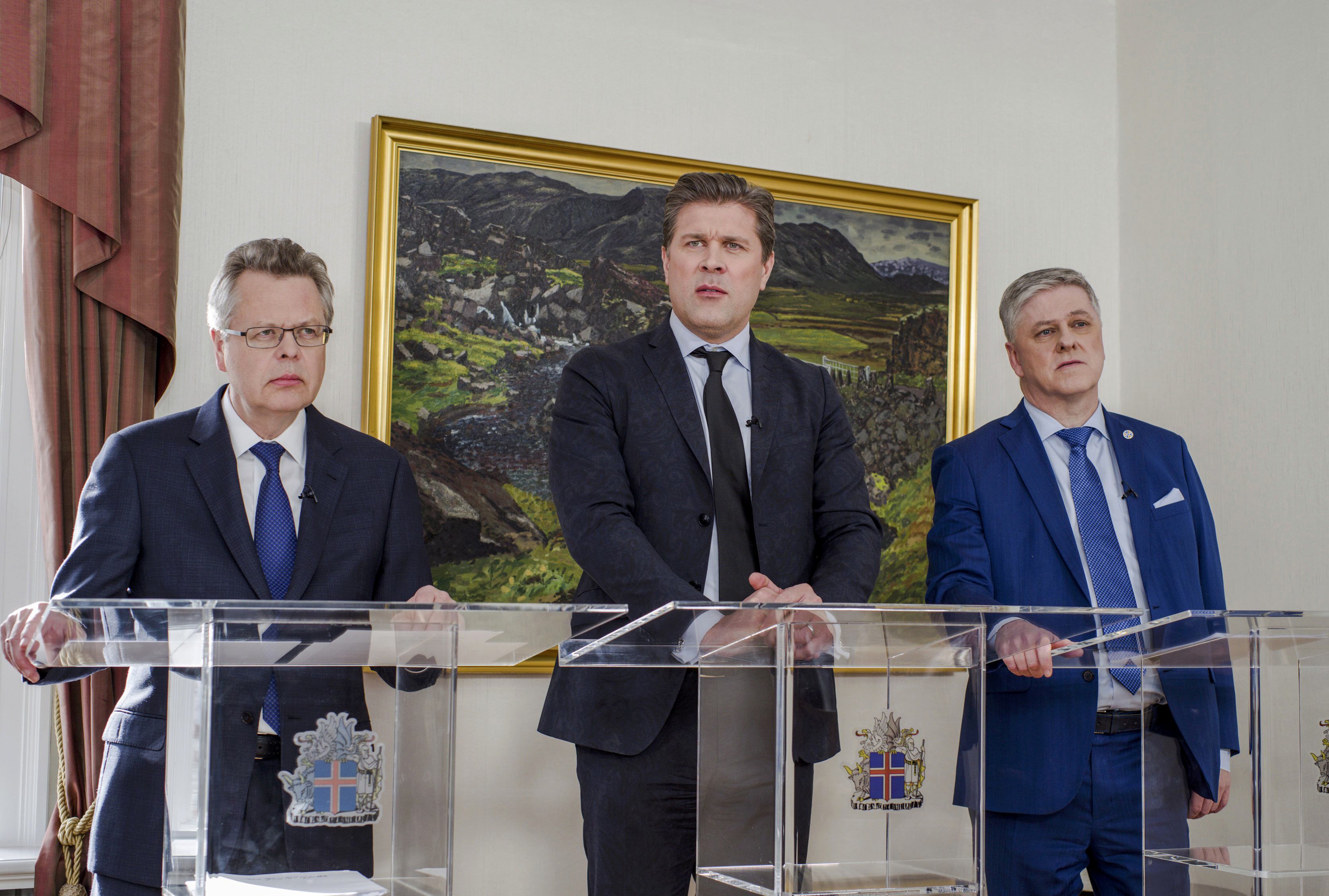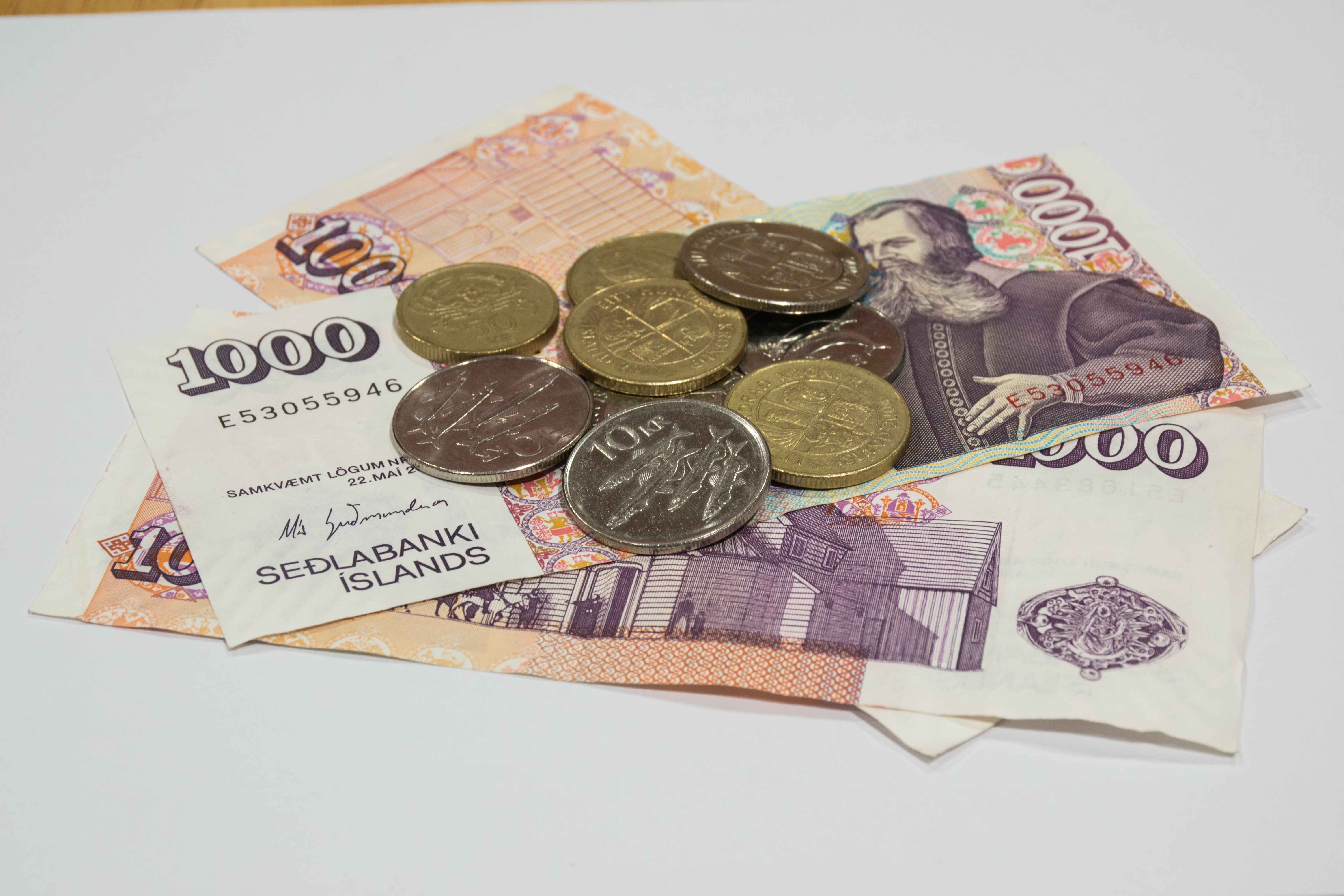New currency peg is no panacea for Iceland

Iceland has provided a fascinating case study for economists. Now that it has impressively battled to restore economic and financial well-being, Finance Minister Benedikt Johannesson appears to be toying with a new experiment for the krona, the country’s currency. His thinking is being driven by the recent volatility of the exchange rate. But it also is informed by a much larger inconvenient truth facing several other countries: Managing a “small and open economy” is becoming a lot harder in a world facing considerable trade and economic fluidity and, to use Federal Reserve Chairman Ben Bernanke’s insightful phrase, “unusual uncertainty.”
Having fallen into the trap of expanding its financial sector well beyond what its economy could sustain, even without a global financial crisis, Iceland has spent several painful years regaining its composure. In the process, it has impressively re-energized its growth rate, cleaned up its banking system, negotiated with irate foreign depositors, attracted considerable tourist and external capital flows and, most recently, lifted capital controls.
Johannesson recently suggested in a Financial Times interview that a central element of the country’s recovery — a free-floating exchange rate regime — is untenable and an alternative arrangement should be sought. But while a float is far from perfect, and for reasons that go well beyond Iceland itself, other exchange-rate setups could be a lot more problematic.

The finance minister does not like the volatility that has come with the flexibility of the currency. During the first two months of the new government’s tenure, the krona has moved up 10 percent, reversing an even bigger opposite move earlier. And this round trip has been quite bumpy.
Such exchange-rate volatility complicates the management of both business and government activities. It also threatens disruptive currency overshoots, in which rather than be followed by a reversion to the mean, a big move by the currency can end up encouraging even further and more disruptive movements, even when neither is warranted by the country’s underlying economic fundamentals.
In the Financial Times interview, Johannesson suggested that the answer may lie in changing the country’s exchange rate regime, including by perhaps pegging the krona to a major currency such as the U.K. pound or the euro.
On the surface, such a solution would appear to provide Iceland with greater exchange rate predictability. In fact, it’s a false comfort for at least four reasons:
First, due to the rather diversified composition of Iceland’s trade, there is no obvious currency peg to achieve the economically desirable effect that the finance minister is seeking. Among the country’s five top export destinations, the U.K. occupies second position, while euro zone members occupy the other four. But only one euro zone member is among the top 5 importer providers, and the U.K. doesn’t make the list that includes China, Norway and the U.S. That explains why so many currencies have been mentioned as possible pegs, including the euro, dollar, the pound and even the Norwegian krone.
Second, most of the potential peg currencies face their own set of issues that raise doubts about their attractiveness — from the euro, which has to navigate Brexit, populism and the rise of economic nationalism to the U.K. pound, whose future will be heavily affected by whatever emerges from the recently begun negotiations with the European Union.
Third, the predictability of the krona’s value against the currency peg, or what economists call the bilateral exchange rate, would not eliminate a significant element of uncertainty against other currencies that are also relevant to the country’s economic and financial well-being.
Finally, a fixed exchange rate arrangement would pose significant challenges for Iceland’s other (already stretched) policy instruments, and could even render the country more vulnerable to the possibility of speculative attacks.
Iceland’s currency challenges have less to do with the exchange arrangement itself than with the fact that a tricky stage of the country’s recovery process has coincided with an unusually uncertain global economic outlook. Like other small open economies, Iceland finds itself facing larger roller-coaster dynamics in a world where trading, financial and policy relations among large systemically important countries partners are themselves in some flux.
Rather than add to its potential challenges by switching to an exchange-rate regime it could find hard to sustain, Iceland would be well advised to advance its ongoing efforts to increase internal financial resilience and deepen its domestic markets. It also needs to work with other small open economies to promote a more serious discussion about the instability of the international system among the larger economies, including at the International Monetary Fund.
El-Erian is a Bloomberg View columnist. He is the chief economic adviser at Allianz SE and chairman of the President’s Global Development Council, and he was chief executive and co-chief investment officer of Pimco. His books include “The Only Game in Town: Central Banks, Instability and Avoiding the Next Collapse.”
The views expressed here are the writer’s and are not necessarily endorsed by Arctic Now, which welcomes a broad range of viewpoints. To submit a piece for consideration, email commentary (at) arcticnow.com.